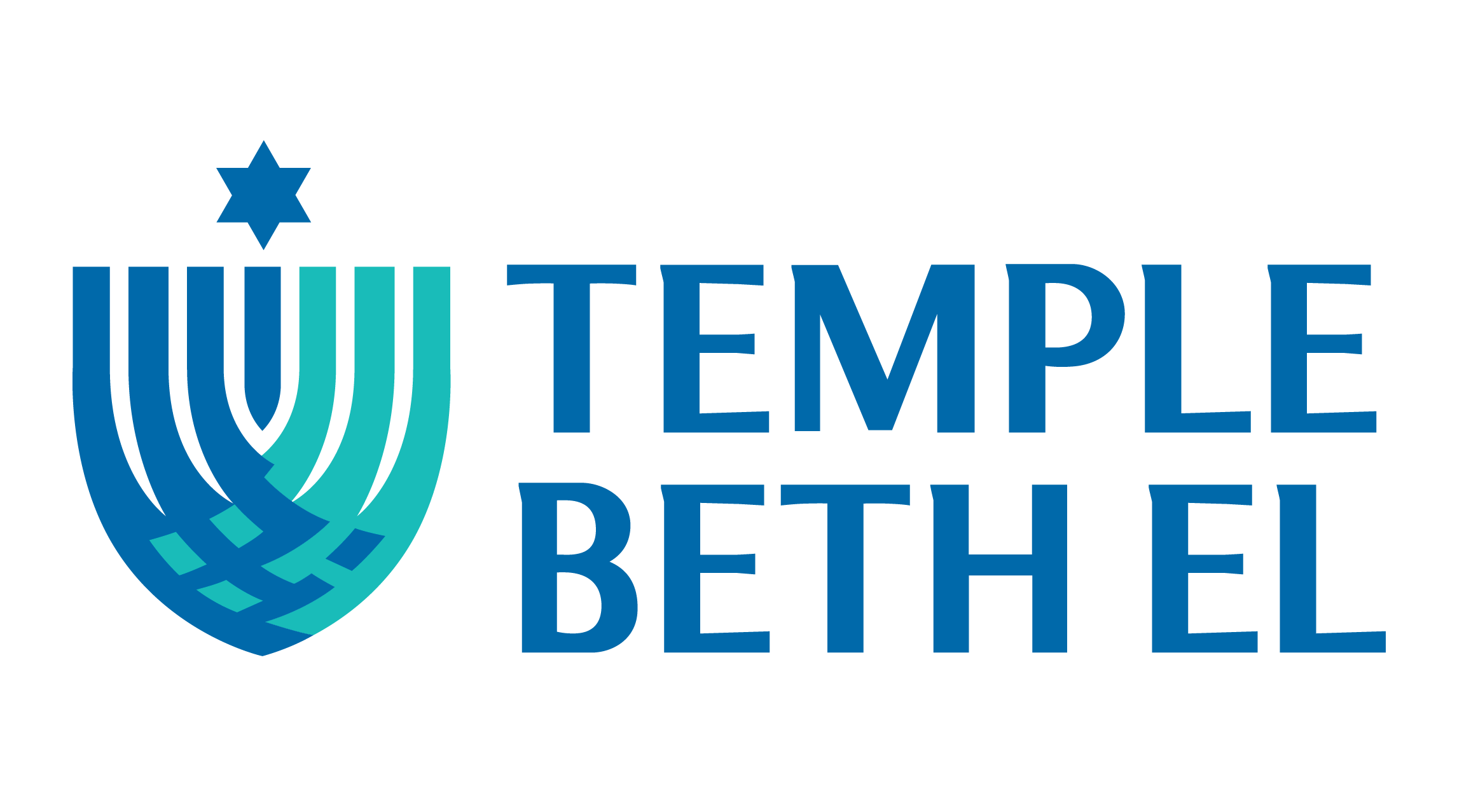This exceptional D’var Torah on Sh’mini was delivered last Shabbat by best-selling author and cherished Beth El Congregant Tamar Myers.
Today’s Torah portion deals with the laws of Kashrut. It is, essentially, a list of the animals that the Israelites were allowed to eat, and those which were forbidden them. I will admit to have eaten many of the strange non-kosher animals on the list, but I have never even tasted camel. I have, however, smoked a Camel. It was a terrible experience. The camel was unfiltered, and so I wasn’t even able to inhale.
Elephants aren’t kosher either, but I grew up in Africa, and I have eaten elephant meat. I even have a recipe for a delicious elephant stew that I would be happy to share: it serves 600. While I’m on the subject of elephants, Josephus, the Historian, relates how Alexander the Great rode up to Jerusalem on his war elephant and was greeted by the High Priest. The High Priest had expected calamity to ensue, but instead Alexander was so moved by the sight of the Temple, and the reception that he received from the High Priest and the people, that Alexander actually offered a sacrifice of his own—with assistance from the High Priest, of course. Jerusalem was spared and Jews began naming their children Alexander. The rabbis of the Talmud were skeptical of this story; then again the rabbis of the Talmud were no fans of Josephus. In his history, The Jewish Wars, which I highly recommend, and which our library has in a readable format, Josephus wrote that during the Roman siege of Jerusalem, the Zealots seized control of the Temple. Thereupon they put on makeup and dressed like women. From there they fanned out through the streets of Jerusalem with swords hidden under their dresses and proceeded to kill everyone who opposed their way of handling the crisis. No way, the rabbis say, this couldn’t have happened.
However, a recent edition of Hadassah Magazine shows a beautiful, newly unearthed mosaic floor from a third century C.E. synagogue in the Galilee, and marching across the floor is an elephant. The supposition is that the elephant is that of Alexander the Great’s, thus proving Josephus’s account of that general’s visit to Jerusalem. Alas, I am only a woman of little learning and modest intellect, but I exact great pleasure whenever archaeology appears to corroborate the apocryphal.
Now back to today’s Torah portion. Did you know that giraffes are kosher? They have both cloven hooves and they chew their cuds, making them the largest kosher animal in the world. The only two continents that do not come equipped with their own kosher animal are Australia and Antarctica. Even Greenland has its kosher reindeer!
There have been many different opinions as to why the laws of Kashrut were necessary to begin with. What was God’s point? Some folks, when looking at them now from a scientific point of view, postulate that they these laws were designed to keep our ancestors healthy. For instance, pork can carry trichinosis, and consuming birds that eat carrion can transfer other intestinal parasites. However, this isn’t an iron-clad theory: Jeffrey and I used to raise free-range chickens, and we can testify that when given the chance, chickens will eat anything—even each other.
Then there is the “because I said so” theory. In other words, the Israelites were expected to obey the rules of Kashrut; understanding them was never open to discussion. In this model, God follows the John Rosemond style of parenting. Some sociologists see Kashrut as an effective way of keeping a community bonded and cohesive. For instance, if you can only eat strictly kosher food, you cannot eat at a non-Jew’s house, or a restaurant that is non-kosher. This limitation might also help limit the chances that you will meet and fall in love with a non-Jew. You’re not going to meet that cute guy at Little Caesar’s unless you’re taking his order.
In full disclosure, I have to admit that I’m aching’ for bacon. My limbs are quaking for bacon. I would love to sink my teeth into a slice of that pizza that comes wrapped in three and a half feet of bacon. I think that bacon is one of the most delicious flavors that there is. But I won’t eat it; not because I’m pious either, for I am far from pious. I won’t eat any pork products simply because for millennia our foremothers and forefathers were forced to eat pig as a means of torture. This dates all the way back to when the Greeks controlled Palestine during the Seleucid dynasty, even before the Maccabees revolted. For them, it was either eat pork, or die.
The concept that Jews denied themselves pork—amongst other things—was something that their Greek conquerors could not understand. For Greeks, life was about pleasure, not restraint. Because the Greeks could not understand the Jews, they began to fear them, and that led to hate. When the High Priest, Jason, made an unsuccessful coup attempt against Antiochus IV, whom he erroneously believed was dead, the payback was swift and brutal. According to the Book of Maccabees, 40,000 men, women and children were put to the sword, and an equal number captured and sold in Phoenicia as slaves. The temple was turned into a place of idol worship, and pigs were slaughtered on a new altar. Throughout the land of Palestine, in villages everywhere, Jews were rounded up and force-fed pork. This, by the way, is the PG13 version of events.
This idea of using pork as a means of torturing, or just taunting our people, has persisted until today at least somewhere in the world. The Catholic Church used it during the Inquisition, and the Nazis, who enjoyed a good pork schnitzel, ironically referred to us as “Jewish swine.”
So, there you have it: the reason I won’t eat bacon, not even Little Caesar’s bacon- wrapped pizza. It’s not because an old bearded man in the sky is glaring down at me, or a young bearded man on the bima is glaring up at me; it is because I do it in solidarity with those who came before me. I choose not to eat pork products, and each time that I make this choice, I remember my brave—and maybe not so brave—ancestors—may they all rest in peace.
My husband and I were once Orthodox. We davened at a Hassidic shul, and kept five sets of dishes: meat, dairy, and neutral for year-round, and meat and dairy for Passover. My dream, like every good Jewish wife in that community, was not to have a cottage at the beach or in the mountains, but to have a separate Passover kitchen built in the basement. Those were the days. The truth is, that once you get organized, it isn’t hard to keep kosher; in fact, it can be fun.
As Reform Jews, we are urged to study the laws of Kashrut. But because we are Reform Jews, we have the personal freedom to make informed choices on how we interpret the mitzvah of Kashrut. On this, the Eight Day of our Freedom Festival, I offer you but one. It’s not the whole package by any means, you don’t have to buy any new dishes. I am merely suggesting that a good way to start, could be by eliminating from one’s diet the animal which symbolizes so much suffering that our people have endured.
Ken y’hi ratzon




